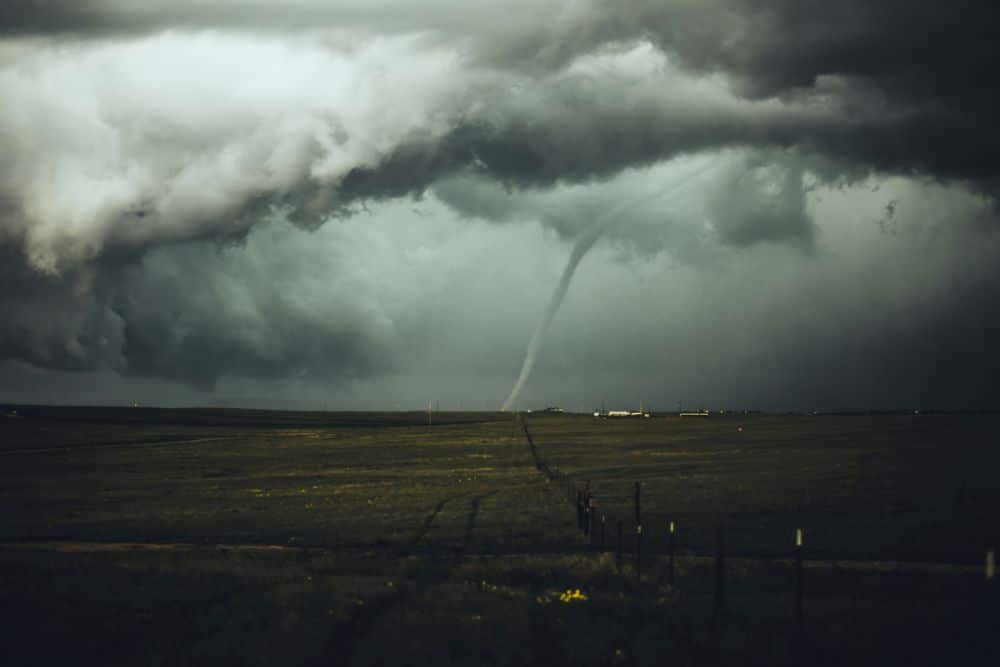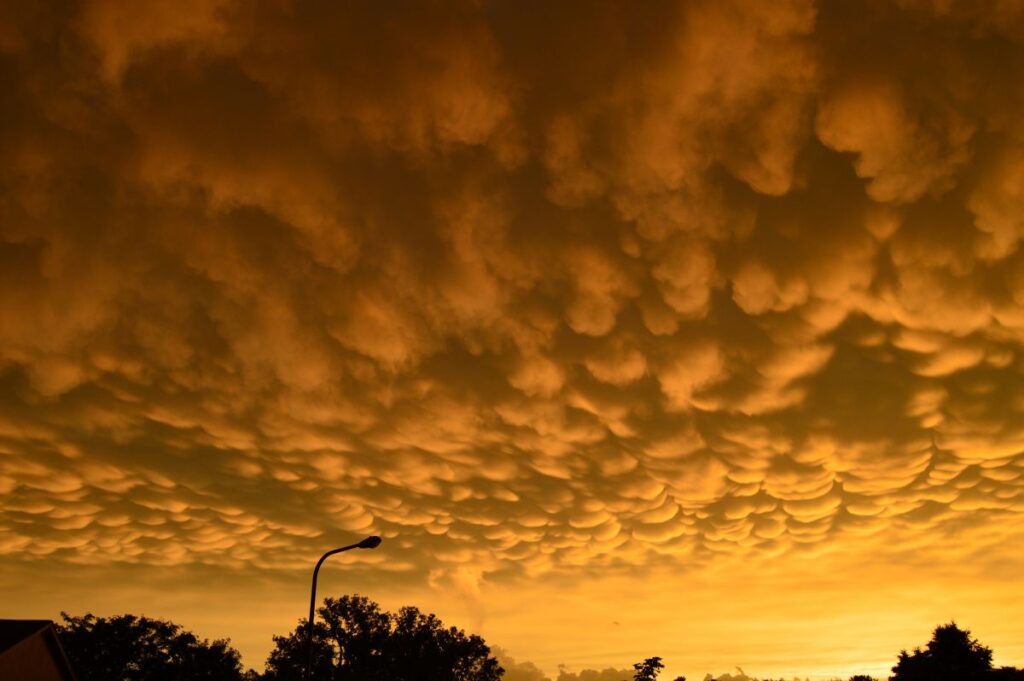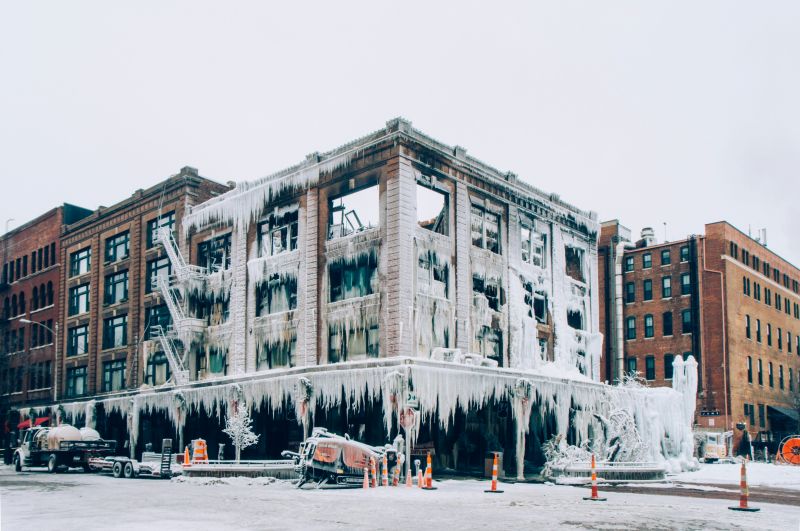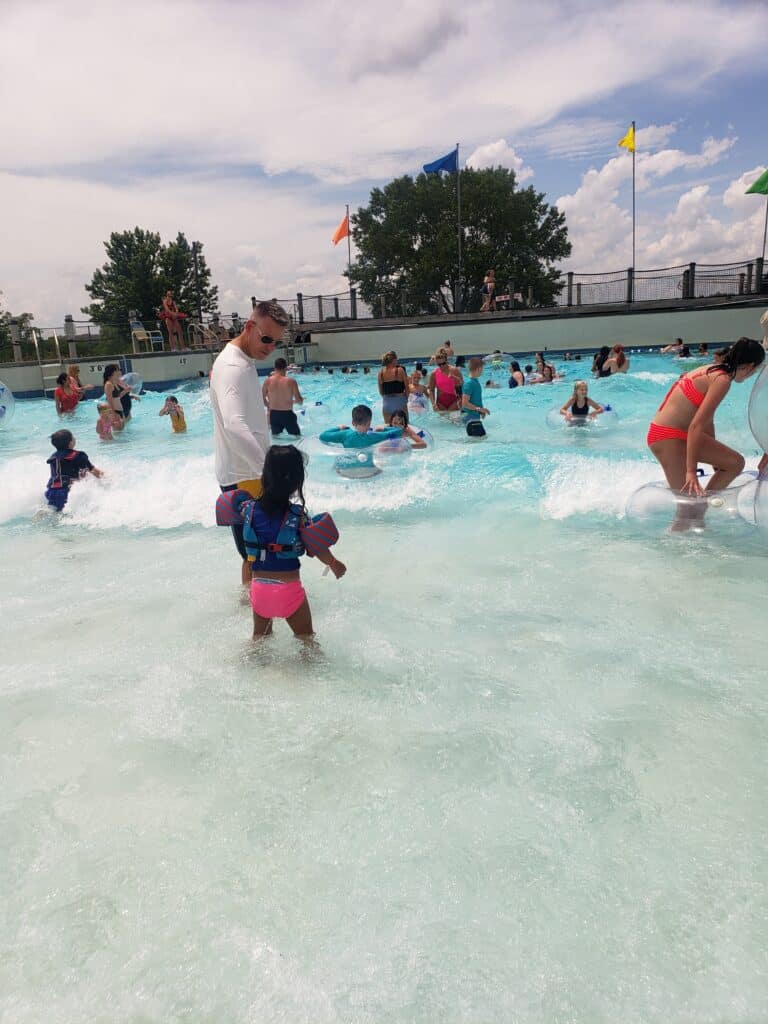When relocating to the Omaha area, one of the first things you’ll notice is the region’s diverse and often unpredictable weather. Whether you’re moving to the city or nearby Offutt Air Force Base, understanding Omaha’s weather patterns will help you prepare for the different seasons and ensure you’re ready for the occasional severe weather conditions. Here we’ll break down the year-round weather trends and provide useful Omaha weather tips to help you make the most of your new home.
Table of Contents
Omaha Weather Overview: Seasons and Temperature Trends
Omaha’s weather is marked by significant variation across the seasons. With four distinct seasons, Omaha experiences everything from hot and humid summers to cold and snowy winters. Understanding the weather in Omaha will help you plan ahead and enjoy all the city has to offer.
Summer Weather in Omaha: Warm, Humid, and Stormy
Summers in Omaha can be very warm, with temperatures typically ranging between 80°F and 90°F. However, high humidity levels can make it feel even warmer at times. It’s not unusual for the humidity to push the “feels like” temperature into the mid-90s or higher. During the summer months, you’ll notice that thunderstorms are a frequent occurrence, particularly from June through September. On average, Omaha experiences about nine thunderstorms each month during these months.
These thunderstorms are typically late evening or overnight events, and they account for nearly half of Omaha’s annual rainfall. While these storms may bring heavy rain, wind, and hail, they usually pass relatively quickly, giving way to clear skies. Tornadoes are also a potential threat, especially during peak thunderstorm season in the summer, although the city is well-equipped with local warning systems to alert residents.

Summer Tips:
- Be prepared for hot, humid conditions by staying hydrated and wearing breathable clothing.
- Keep an eye on the weather for late-night thunderstorms, and have a plan in place for tornado warnings.
- Consider installing a weather radio or using a smartphone app for real-time alerts.
Preparing For Tornadoes in Omaha: Safety Tips and Seasonal Risks
Tornadoes are a potential threat in Omaha, especially during the spring and summer months when severe thunderstorms are most common. The city lies in “Tornado Alley,” which is known for frequent tornado activity due to the collision of warm, moist air from the Gulf of Mexico and cold, dry air from Canada.
While tornadoes are not an everyday occurrence, Omaha is no stranger to these powerful storms, and they can develop rapidly, sometimes with little warning. Typically, tornadoes in the Omaha area form in the late afternoon or evening, with the highest risk occurring from May through June. Local authorities provide advanced warning systems, including sirens and weather alerts, to keep residents safe. It’s crucial for newcomers to Omaha to familiarize themselves with tornado safety procedures and have a plan in place for shelter during storm warnings.
Winter Weather in Omaha: Cold, Dry, and Snowy
Winter in Omaha can be cold, with typical daytime highs ranging from 30°F to 40°F between December and March. However, it’s not uncommon for temperatures to dip below freezing, and in some cases, they can drop well below zero during cold spells. When the temperature does drop, strong winds can make it feel even colder, creating wind chill factors that can reach 20°F to 40°F below zero.
While snow is a frequent visitor to Omaha in the winter, the snowfall is generally manageable. The average annual snowfall for the Omaha area is between 25 and 30 inches. Winter storms often bring a mix of snow, sleet, and ice, which can create hazardous driving conditions. As a result, it’s important to be prepared for these winter weather events.
Winter Tips:
- Have a winter emergency kit in your car, including blankets, extra warm clothing, and snacks.
- Keep your driveway and sidewalks clear of snow and ice, especially during heavy snowfalls.
- Stay informed about road conditions and winter storm warnings through local weather stations.
Oma-Dome: Fact or Fiction?
There’s a local legend about an invisible “Oma-dome” that supposedly keeps the worst weather at bay. According to this myth, the city of Omaha is protected by an invisible dome that diverts storms around it, leaving the city relatively unscathed. While this sounds like a fun story, the reality is a bit more scientific. Omaha’s location does seem to help it avoid the worst of some weather systems, but it’s likely due to local geography and atmospheric conditions.
One possible explanation is that Omaha is part of an “urban heat island” effect, where the city’s infrastructure creates a warmer microclimate, which can steer storms around the area. Large storms, including both snow and rain, tend to split or veer around Omaha, affecting the surrounding areas much more significantly. However, this is still a matter of weather patterns and not some magical force field.
Spring and Fall: Mild with Occasional Severe Weather
In Omaha, it often feels like we only have two seasons: a blazing hot summer and a bone-chilling winter, which somehow stretches on forever! However, the transition seasons—spring and fall—bring milder temperatures to Omaha, with highs typically ranging from 50°F to 60°F. However, these seasons can also bring unpredictable weather as warm and cold air masses clash in the Central Plains. This can result in severe thunderstorms with hail, high winds, and even the possibility of tornadoes. While these storms are not as frequent as in the summer, it’s important to stay vigilant, especially when severe weather warnings are issued.

Spring and Fall Tips:
- Keep a weather radio or app handy to stay on top of severe storm warnings.
- If you live in a tornado-prone area, make sure your home has a designated safe room or storm shelter.
- Keep rain gear on hand, as showers can be sudden during the spring and fall months.
Omaha Weather Resources and Local Alerts
When living in Omaha, it’s essential to stay informed about the weather, especially when it comes to severe storms or winter weather. The city has an excellent local warning system to keep residents safe, and you can contact the Snow and Information line at 402-232-COLD (2653) for up-to-date information during winter storms. Additionally, many smartphone apps and local TV stations provide continuous weather updates, especially for tornado watches and warnings during storm season.
Driving Around Omaha: What to Expect from Weather Year-Round
Driving in Omaha can present different challenges depending on the season, so it’s important to be prepared for varying weather conditions throughout the year. During the winter months, icy roads and snowstorms are common, especially between December and February. Snowfall can accumulate quickly, making driving hazardous, so it’s essential to have winter tires and allow extra time for travel.
In the summer, thunderstorms often bring heavy rain, strong winds, and reduced visibility, especially in the late afternoon or evening. Flooding can occur in some areas, so staying alert to road closures and water levels is key. Spring and fall bring transitional weather, with occasional severe storms that can lead to hail, high winds, and even tornadoes.
Regardless of the season, it’s important to stay informed about current conditions and always have an emergency kit in your vehicle. Keeping your car well-maintained with working wipers, good tires, and proper fluid levels will ensure you’re prepared for whatever Omaha weather may bring. Get traffic and road condition updates.
Final Thoughts on Omaha Weather Tips
While Omaha’s weather may be unpredictable at times, understanding the local patterns and staying prepared for all seasons will help you make the most of your new life in the area. From warm, humid summers to cold, snowy winters and the occasional spring thunderstorm, the city offers a diverse climate that allows for year-round outdoor activities and events. Whether you’re moving to Omaha for work, school, or military service at Offutt Air Force Base, getting to know the local weather is essential for staying comfortable and safe.
By understanding the Omaha area weather, you’ll be ready for whatever Mother Nature has in store. Welcome to Omaha—where the weather is as dynamic as the community!
And hey, if you’re thinking about buying, selling, or leasing a home in Omaha, I’d love to help. Give me a call at 402-600-3006 or send me an email—let’s talk about your next move!




